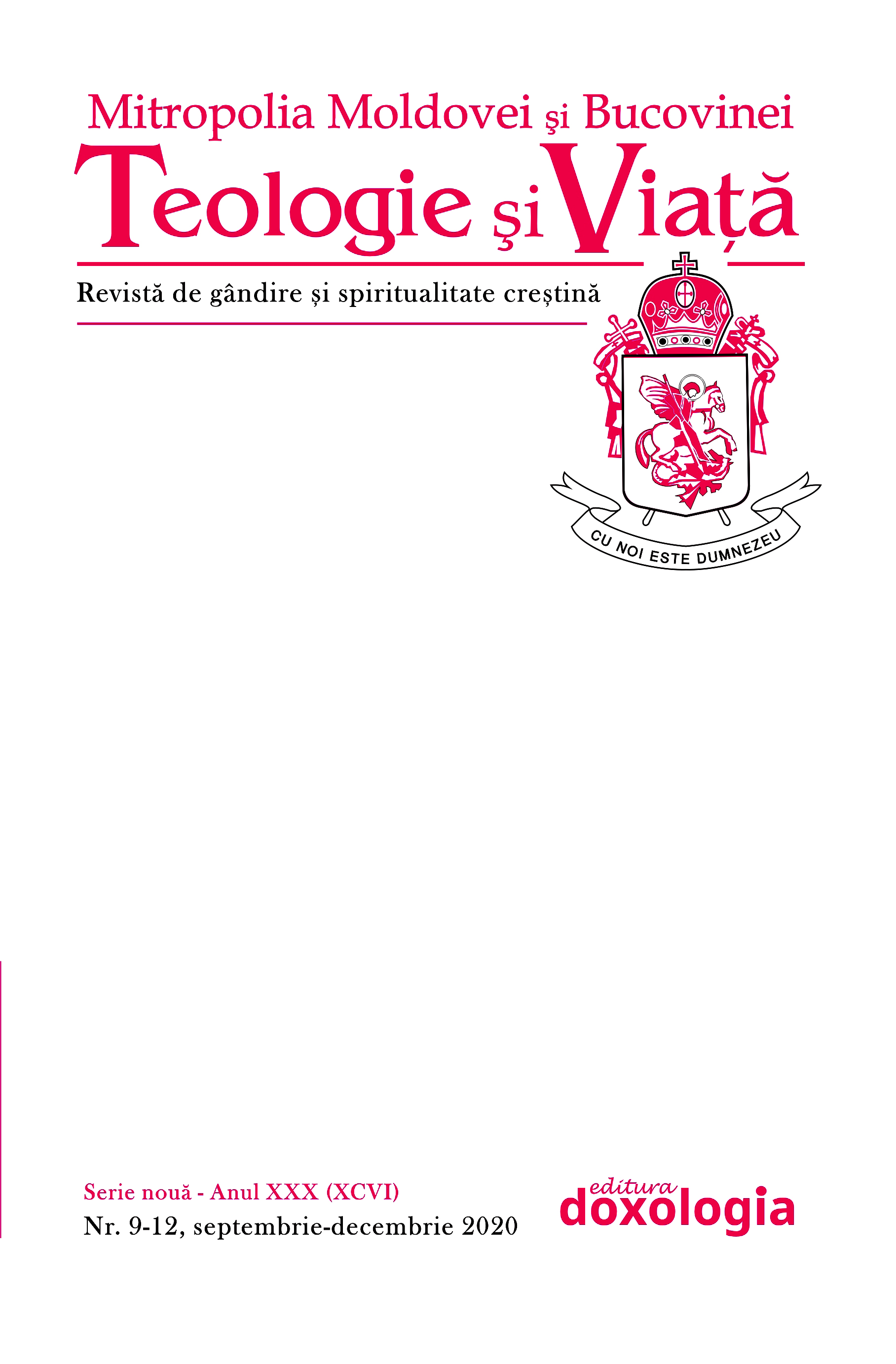Inscripțiile creștine timpurii, latinești și grecești — dovezi incontestabile ale practicii botezării copiilor mici (Partea a II-a)
Early Christian, Latin and Greek Inscriptions — The Incontestable Evidence for the Practice of Infant Baptism (II)
Author(s): Liviu PetcuSubject(s): Theology and Religion, History of Religion
Published by: Editura Doxologia
Keywords: inscriptions; early; Christian; Latin; Greek; practice; pedobaptism;
Summary/Abstract: In this second part I have continued with the rendition of epitaphs translated fromLatin and ancient Greek and I have highlighted some monumental inscriptions whichdecorated baptisteries and contiguous chapels. The construction of catacombs, the works ofart found inside them, the inscriptions on tombs all come together as proofs of the simplicityof faith, the purity of the doctrine, the force of sentiment, the changing of life formost of the members of Christ’s church from early centuries. A light had come into theworld, the Light of the world – Christ our God, and the dark passages of cemeteries wereenlightened by it and shined. The epitaphs also reveal the fact that the Holy Anointmentwas being performed immediately after baptism and that godfathers were also witnesses toit. Thanks to epitaphs we have the certainty that the anointment had taken place immediatelyafter baptism in a special part of the baptistery called consignatorium. We knowthat the gifts of baptism are numerous. Although many believe that the only gift itoffers is the forgiveness of sins, the first Christians baptised children not only for thisreason but also in order for them to receive the gifts of holiness and legitimation, so thatthey could become sons of God and dwellings of the Holy Spirit. If they are not baptisedthey cannot receive the Holy Communion and therefore their most perfect union withGod in this world cannot be achieved. Apart from this, as some Christian historiansand theologians underline, the high rate of mortality among new-borns in the ancientworld, something that Christian inscriptions painfully illustrate, encouraged the practiceof baptism shortly after birth, as an assurance, no matter what the future was holding.The inevitable conclusion that we can draw from these truths is that, since one of theeffects of baptising young children is that though it they become members of theChurch, in other words parts of the mystical body of Christ, united with Him, their head,and can receive the Holy and Godly Communion, if these benefits are not bestowedupon them, they risk not getting into the kingdom of Heaven. This is the strongestargument according to which young children and new-borns were baptised.
Journal: Teologie şi Viaţă
- Issue Year: XCVI/2020
- Issue No: 9-12
- Page Range: 130-154
- Page Count: 25
- Language: Romanian

